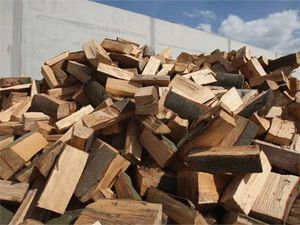The Difference Between Sugar and High-fructose Corn Syrup
As its name implies, high-fructose corn syrup (HFCS) comes from corn, not sugarcane or sugar beets. Created in the 1960s, this additive is now found in numerous processed foods, including many sodas. The syrup has become popular for food makers because it's cheaper than white sugar.
HFCS has a reputation for being unhealthy and fattening, which you can read more about in the article How bad for you is high-fructose corn syrup? It's also stigmatized as unnatural and artificial because the production process requires the addition of enzymes and fiddling with the molecular arrangement of regular corn syrup.
Advertisement
Some say that high-fructose corn syrup is a major contributor to the obesity epidemic because obesity rates have risen in lockstep with HFCS consumption. But the available scientific evidence is inconclusive [source: Warner]. That doesn't mean that HFCS is healthy. It's still "empty" calories -- no nutritional value, easily and quickly processed by the body.
There is, however, some evidence that the body treats HFCS differently than glucose, another common form of sugar. When a person's liver is deciding what to do with glucose, it has several options: use it for energy; convert the glucose into triglycerides or store the glucose as fat. A 2008 study found that fructose seems to go directly to fat [source: Parker-Pope]. The problem may also be more severe with those who are overweight. The study concluded that fructose itself isn't bad -- particularly fructose found in fruits, which are nutrient rich -- but that many people could be better served by limiting fructose consumption and avoiding overeating [source: Parker-Pope].
One misconception about HFCS stems from its name. In fact, HFCS isn't that much different than standard, processed white sugar. A commonly used form of HFCS contains 45 percent glucose and 55 percent fructose [source: Warner]. White sugar is split 50-50 between glucose and fructose. HFCS is higher in fructose than conventional corn syrup, which is 100 percent glucose. But other types of HFCS, especially those used in non-soda products like certain breads, are 58 percent glucose and only 42 percent fructose [source: Warner].












